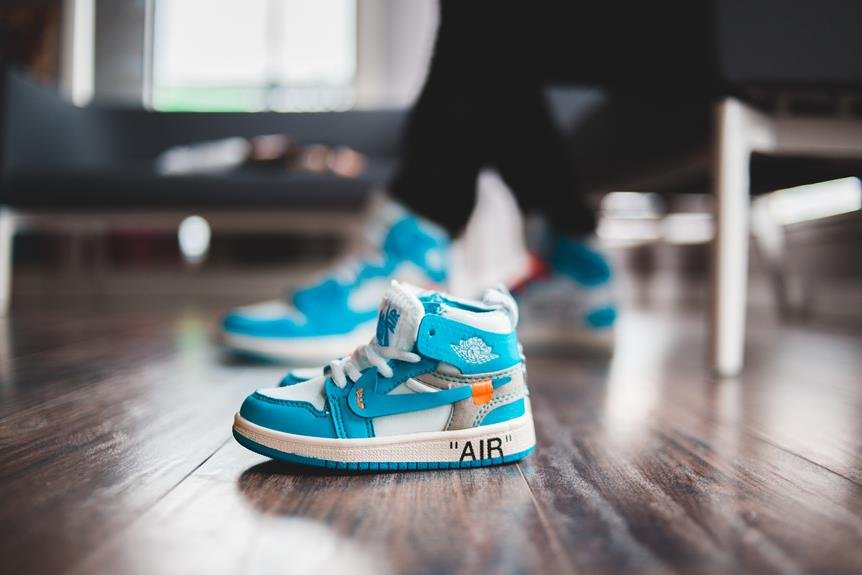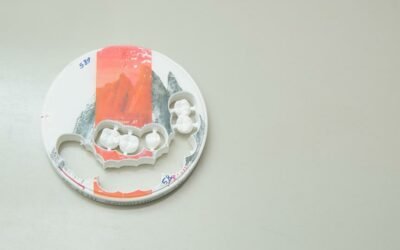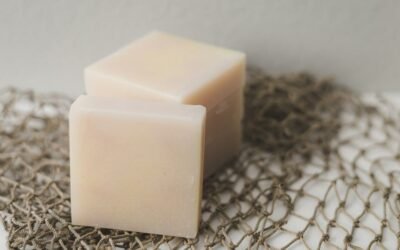Are you worried about the air quality in your baby's room? An air purifier can be a game-changer. It actively filters out harmful pollutants, ensuring your little one breathes in fresh and clean air.
But how do you choose the right one? What features should you look for? And where should you place it for maximum effectiveness?
In this article, we'll provide you with all the information you need to make an informed decision and keep your baby's room safe and healthy.
Key Takeaways
- Air purifiers are essential for maintaining clean and healthy air in a baby's room.
- Babies have delicate respiratory systems that are more vulnerable to airborne pollutants and allergens.
- Air purifiers effectively remove contaminants from the air, reducing the risk of respiratory illnesses and alleviating symptoms in babies.
- Factors to consider when choosing an air purifier for a baby's room include HEPA filters, appropriate size for the room, noise level, and additional features like air quality sensors and timers.
Importance of Air Purifiers for Babies
You should regularly use an air purifier in your baby's room to ensure clean and healthy air. Air purifiers play a crucial role in maintaining the air quality in your baby's room. Babies have delicate respiratory systems that are more susceptible to airborne pollutants and allergens.
By using an air purifier, you can effectively remove these contaminants from the air, providing a safer and healthier environment for your little one.
Air purifiers work by using filters to trap particles such as dust, pollen, pet dander, and mold spores. They also help to eliminate harmful gases and odors that can be present in indoor air. The filters in air purifiers are specifically designed to capture even the smallest particles, ensuring that the air your baby breathes is as clean as possible.
Studies have shown that air purifiers can reduce the risk of respiratory illnesses in infants. Research conducted by the American Academy of Pediatrics found that air purifiers can significantly decrease the levels of airborne particles and allergens, leading to a lower risk of asthma and allergies. Additionally, air purifiers can help alleviate symptoms in babies who already suffer from respiratory conditions.
Factors to Consider When Choosing an Air Purifier
When choosing an air purifier for your baby's room, consider the following factors.
First and foremost, look for a purifier that has a high-efficiency particulate air (HEPA) filter. HEPA filters are capable of capturing 99.97% of particles as small as 0.3 microns, including common allergens like dust mites, pet dander, and pollen. This ensures that the air in your baby's room is clean and free from potential respiratory irritants.
Next, consider the size of the air purifier. It's important to choose a purifier that's appropriate for the size of your baby's room. A purifier that's too small may not effectively clean the air, while one that's too large may be unnecessarily expensive and take up valuable space. Look for the recommended room size indicated by the manufacturer to ensure optimal performance.
Noise level is another important factor to consider. Babies are sensitive to noise, especially during sleep. Look for an air purifier that operates quietly, preferably with a noise level below 50 decibels. This ensures that your baby can sleep peacefully without being disturbed by the purifier's noise.
Lastly, consider the additional features of the air purifier. Some purifiers come with features like air quality sensors, auto mode, and timers. These features can enhance the convenience and effectiveness of the purifier in maintaining clean air in your baby's room.
Top Air Purifier Features for Baby Rooms
To ensure the best air quality for your baby's room, it's important to consider the top features of an air purifier designed specifically for baby rooms. When choosing an air purifier for your baby's room, there are several features you should look for to ensure optimal performance and safety.
First and foremost, a HEPA filter is a must-have feature in a baby room air purifier. HEPA filters are designed to capture 99.97% of airborne particles, including dust, pollen, pet dander, and even bacteria and viruses. This will help keep the air in your baby's room clean and free of allergens and pollutants.
Another important feature to consider is a carbon filter. Carbon filters are highly effective at removing odors and chemical pollutants from the air. This is particularly helpful if you have pets or if there are smokers in your home. By eliminating these odors and chemicals, you can create a more pleasant and healthier environment for your baby.
Additionally, it's crucial to choose an air purifier with a quiet operation. Babies need a calm and peaceful sleep environment, and a noisy air purifier can disrupt their sleep. Look for models with a low noise level or a sleep mode that operates quietly throughout the night.
Lastly, consider an air purifier with a timer or a programmable feature. This allows you to set the purifier to run for a specific duration, ensuring that the air in your baby's room is continuously filtered without you having to remember to turn it on and off.
Placement Tips for Maximum Air Purification
For maximum air purification in your baby's room, it's important to consider the placement of the air purifier. Here are some placement tips to help you achieve the best results:
- Choose the right location: Place the air purifier in a central location within the baby's room. This will ensure that the clean air is evenly distributed throughout the space. Avoid placing it near walls or furniture, as this can obstruct the airflow and reduce the purifier's effectiveness.
- *Consider the size of the room*: If the baby's room is larger, you may need to opt for a larger air purifier or place multiple purifiers strategically to cover the entire area.
- *Keep it away from potential sources of pollution*: Avoid placing the air purifier near windows, doors, or areas where pollutants may enter the room easily. This will prevent the purifier from constantly working to remove pollutants that keep entering the room.
- Keep it at a proper height: Place the air purifier at a height that ensures the clean air is easily accessible to your baby. A height of around two feet from the ground is generally recommended. This will help prevent the baby from tampering with the purifier while still allowing them to benefit from the purified air.
Maintenance and Cleaning of Air Purifiers
To maintain and clean your air purifier, follow these simple steps.
Regular maintenance is crucial to ensure that your air purifier functions effectively and continues to provide clean air for your baby's room.
First, consult the manufacturer's instructions for specific cleaning guidelines, as different models may have different requirements.
Generally, it's recommended to clean or replace the filters every 3-6 months, depending on usage and the type of filter. Filters can become clogged with dust, allergens, and pollutants, reducing their efficiency.
Additionally, cleaning the exterior of the air purifier regularly can help prevent dust buildup and maintain optimal airflow. Use a soft, damp cloth to wipe down the surfaces, being careful not to get any water inside the unit. For more thorough cleaning, you can use a mild detergent or a vinegar-water solution.
Remember to unplug the air purifier before cleaning and allow it to dry completely before plugging it back in.
Conclusion
In conclusion, air purifiers play a crucial role in ensuring clean and healthy air for babies in their rooms. By considering factors like filtration system, noise level, and size, parents can choose the best air purifier for their baby's room.
Features like HEPA filters, activated carbon filters, and quiet operation make a significant difference in air quality. Proper placement and regular maintenance are also essential for optimal air purification.
Investing in an air purifier can provide peace of mind and promote a safer environment for babies.






0 Comments